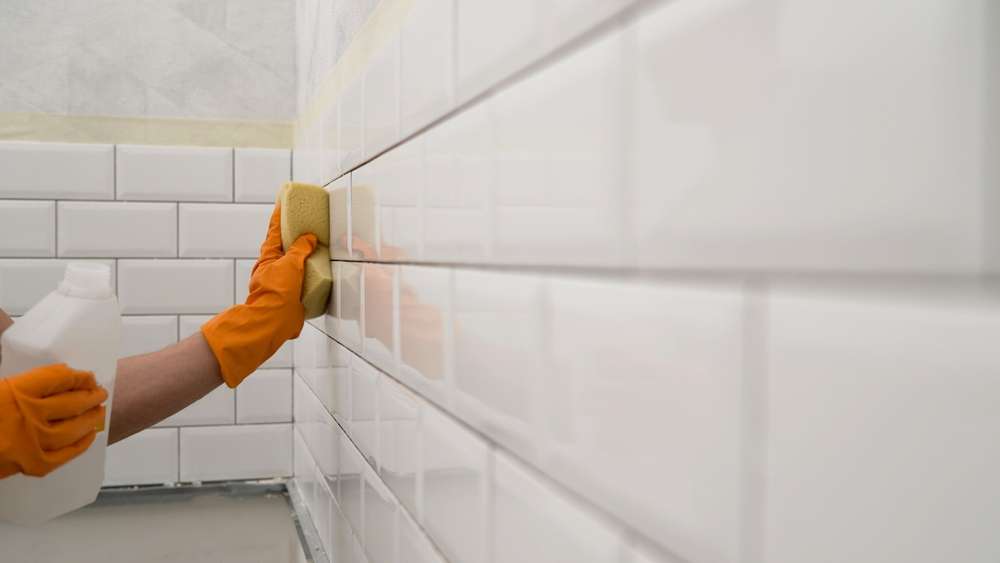Bathroom Wall Panels That Combine Style and Function
Transforming your bathroom with wall panels offers a perfect blend of aesthetics and practicality. These versatile surfaces provide waterproof protection while elevating your space with contemporary designs. Whether you're renovating or building new, bathroom wall panels present a modern alternative to traditional tiling that's easier to install and maintain.

Bathroom wall panels have revolutionized interior design by offering homeowners a stylish yet practical solution for wet areas. Unlike traditional ceramic tiles that require extensive grouting, wall panels provide seamless surfaces that resist water penetration while showcasing various textures, colors, and patterns. Their rising popularity stems from the perfect balance they strike between visual appeal and functional benefits, making them suitable for bathrooms of any size or style.
Introduction to Bathroom Wall Panels
Bathroom wall panels are decorative and functional sheet materials designed specifically for wet environments. Typically manufactured from PVC, acrylic, laminate, or composite materials, these panels create waterproof surfaces that protect underlying walls from moisture damage. Modern manufacturing techniques allow for incredible design versatility, with options ranging from stone and marble effects to wood grains and bold colors.
The evolution of bathroom panels has been significant, moving from basic utilitarian options to designer-quality finishes that can transform ordinary bathrooms into luxury spaces. Most panels feature tongue-and-groove or click-lock systems that create virtually seamless connections, eliminating the need for extensive grouting while providing excellent water resistance.
Types of Bathroom Wall Panels
PVC panels represent one of the most common and affordable options available. Lightweight and completely waterproof, these panels resist mold and mildew while requiring minimal maintenance. They come in various thicknesses and designs, though they may not offer the premium appearance of higher-end materials.
Acrylic panels deliver a glass-like, high-gloss finish that creates a striking visual impact. These panels reflect light beautifully, making smaller bathrooms appear more spacious. While more expensive than PVC options, acrylic panels offer superior durability and can withstand temperature fluctuations without warping or discoloring.
Composite and laminate panels provide exceptional durability with realistic stone, marble, or wood appearances. These multi-layered panels often incorporate a waterproof core with decorative outer layers protected by tough, clear finishes. Some premium versions feature genuine stone veneers or textured surfaces for enhanced realism.
Benefits of Using Bathroom Wall Panels
Wall panels offer significant practical advantages over traditional tiling. The installation process is considerably faster and cleaner, with most panel systems designed for straightforward DIY application. Without the need for grouting, the entire process generates less mess and can often be completed in a single day for average-sized bathrooms.
Maintenance represents another major benefit of bathroom wall panels. The absence of grout lines eliminates the most common area for mold and mildew growth. Cleaning requires nothing more than occasional wiping with mild soap and water, making these surfaces particularly appealing for busy households or rental properties.
The environmental impact of bathroom wall panels varies by material type. Many manufacturers now offer eco-friendly options made from recycled materials or sustainable sources. PVC panels, while not biodegradable, are extremely durable and can last for decades, reducing the need for replacement and associated waste.
Installation Tips for Bathroom Wall Panels
Proper preparation is essential for successful panel installation. Walls should be clean, dry, and relatively smooth before beginning. While minor imperfections won’t show through most panels, significant damage should be repaired. Measuring accurately is crucial—most panels can be cut with standard tools, but precise measurements help minimize waste and ensure proper fit.
The installation method varies by panel type. Adhesive systems require applying specialized waterproof adhesive directly to the wall or panel back. Click-lock systems interlock along the edges without adhesive, creating floating walls similar to laminate flooring. Hybrid systems may use both methods for maximum stability. Always follow manufacturer guidelines for your specific panel type.
Common installation challenges include working around fixtures and managing corners. Special trim pieces are available for external corners, while internal corners often require careful sealing with waterproof silicone. For areas around pipes or fixtures, templates can help achieve precise cuts before final installation.
Comparing Bathroom Wall Panel Materials
When selecting bathroom wall panels, material choice significantly impacts both performance and aesthetics. Each material offers distinct advantages for different situations and budgets.
| Material Type | Average Cost (per sq ft) | Durability | Design Options | Installation Difficulty |
|---|---|---|---|---|
| PVC | $3-$8 | Good | Moderate | Easy |
| Acrylic | $8-$25 | Excellent | Extensive | Moderate |
| Laminate | $6-$15 | Very Good | Extensive | Moderate |
| Composite | $10-$30 | Excellent | Premium | Moderate to Difficult |
| Stone Veneer | $15-$40 | Excellent | Limited | Difficult |
Prices, rates, or cost estimates mentioned in this article are based on the latest available information but may change over time. Independent research is advised before making financial decisions.
Design Possibilities with Bathroom Wall Panels
The design versatility of bathroom wall panels allows for creative expression in any space. Contemporary options include high-gloss finishes that reflect light and make small bathrooms appear larger, matte surfaces that provide subtle sophistication, and textured panels that add dimensional interest. Digital printing technology has expanded design possibilities even further, with some manufacturers offering custom-printed panels featuring personal photographs or artwork.
Color choices range from classic whites and neutrals to bold statement colors. Many homeowners opt for panels that mimic natural materials like marble, granite, or wood—achieving the luxurious look without the maintenance challenges or cost of genuine materials. For truly unique spaces, mixing panel types or creating accent walls with contrasting panels can produce stunning results.
Bathroom wall panels represent an ideal solution for homeowners seeking the perfect balance of style and functionality. With their waterproof properties, easy maintenance, and design versatility, these panels continue to gain popularity as alternatives to traditional tiling. Whether undertaking a complete renovation or simply refreshing an existing space, bathroom wall panels offer practical benefits without compromising on aesthetic appeal. As manufacturing technology advances, we can expect even more innovative options that further enhance both the form and function of these versatile bathroom surfaces.




